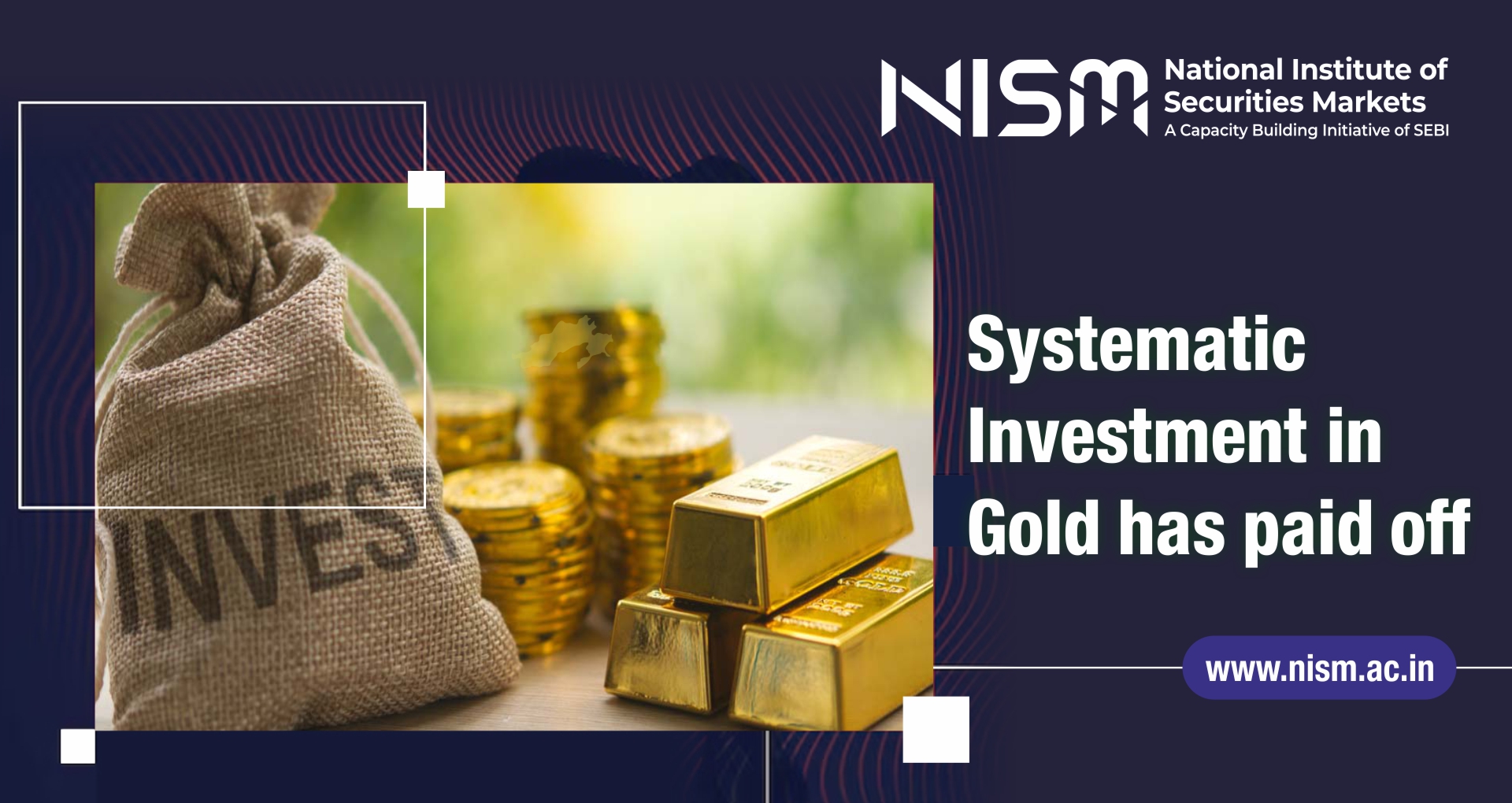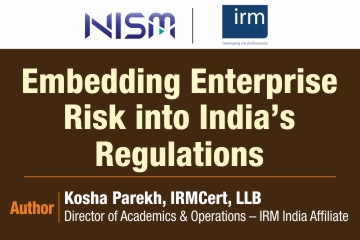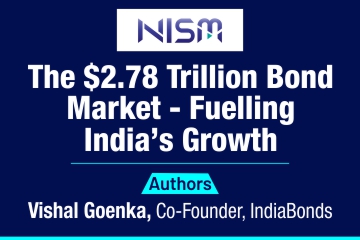
Indian households have always had a deep-rooted affinity for gold. Indians purchase gold not only for cultural and emotional reasons, but also as a long-term investment. Now, with gold prices scaling the Rs. 100,000 mark per 10 grams, this has turned out to be one of the best investments that Indian households have made. Many Indian households buy a small amount of gold every year, especially on Akshaya Tritiya. Let us examine how they would have fared if they had consistently bought 10 grams of gold each year, on 1 April of the year, from 2005 to 2024, and sold the entire holding on 1 April, 2025. Would they have been better off compared to investing the same amount, annually, in the NIFTY 50?
On 1 April, 2005 gold was at Rs.6180 per 10 grams. By 2012, gold prices had surged past Rs. 28,000 per 10 grams. Gold continued its relentless upward move, crossing Rs. 50,000 per 10 grams in 2022, Rs. 60,000 per 10 grams in 2023, Rs. 70,000 per 10 grams in 2024 and Rs. 90,000 per 10 grams in 2025. Summing up 20 years of investments in gold, the total outflow for the purchase of 10 grams of gold every year, amounting to a total of 200 grams, would have been Rs. 6,00,000. Selling the entire 200 grams at the 1 April, 2025 price of Rs.92,830 per 10 grams would have yielded Rs.18.57 lakhs – an extended internal rate of return (XIRR) of 13.19%.
In contrast, let’s suppose that the household, instead of buying gold, invested the same amount each year into a NIFTY 50 index fund. The index stood at a level of 2067 on 1st April, 2005 and steadily rose to a level of 22,462 by 1 April, 2024. The annual contributions of the household would have helped them accumulate about 70.72 units of the index fund over the 20 years. If the household sold these units on 1 April, 2025, at an index level of 23,165, it would have yielded them Rs.16.38 lakhs – an XIRR of 11.90%.
Very clearly, the recent spurt in the price of gold has benefited Indian households significantly, as Indian households have traditionally been investors in gold rather than being equity investors. The return from gold has, over the last 20-year period, outpaced the returns from equity. While past performance is not an indicator of future returns, gold as an asset class has helped Indian households create wealth for themselves while at the same time offering them psychological comfort and downside protection. In uncertain times, gold most definitely retains its place as a stabilizing asset in a diversified portfolio.
Sashi Krishnan
Director, NISM
This article was part of the May 2025 NISM Newsletter. Click here to view the Newsletter: https://www.nism.ac.in/newsletter-2025/

When people hear the term “risk management,” they often associate it with financial markets, insurance, or corporate governance. In…

As India charts its course towards Viksit Bharat, by 2047, the sophistication and depth of its financial markets are paramount.…

As investors, we often judge performance on monthly (MoM), Quarterly (QoQ) and year-on-year (YoY) statistics. It feels natural to look…
© 2025 National Institute of Securities Markets (NISM). All rights reserved.